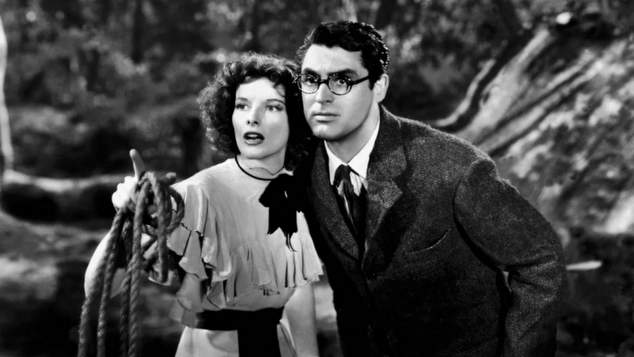Artist Keith Haring died on this day in 1990
In late 1989 artist Keith Haring shared that he was living with HIV. Prices for his artworks immediately soared as collectors anticipated his impending death, at the time there were few successful treatments and the those contracting the virus faced a low life expectancy.
Haring arrived in New York in the late 1970’s where he studied at the School of Visual Arts during the day and worked as a busboy at nightclub Danceteria in the evenings.
He first came to attention creating works with chalk on unused blackboard on New York’s subways. Soon his work moved from the streets into art galleries with his graffiti line drawing style that was filled with symbols and messages.
Soon Haring was travelling the world taking on commissions to create new works, he visited Australia in 1984 painting murals in Melbourne and Sydney and being commissioned to create a work for the National Gallery of Australia.
Haring also created politically charged works including his ‘silence = death’ series which highlighted the US government’s lack of action on addressing the AIDS crisis.
As an up-and-coming artist in New York Haring was close friends with Jean-Michael Basquiat, Madonna, Futura 200 and Kenny Scharf. Later he would have associations with Andy Warhol, Grace Jones and Yoko Ono. He was diagnosed with HIV in 1988.
Haring passed away on 16th February 1990 aged 31. He is memorialised on a panel of the AIDS quilt. Madonna donated all the proceeds of the first New York date of her Blonde Ambition tour to HIV charities in honour of Haring, and he features in a segment of her current Celebration World Tour. In recent years his images have been widely licensed for t-shirts, drink bottles and backpacks with stores like K-Mart, Uniqlo and Typo all having Haring products.
In 2019 he was one of the first 50 Americans added to the honour roll at the Stonewall Memorial.
The release of the 1930s screwball comedy ‘Bringing Up Baby’ is an important moment in queer history.
Bringing Up Baby was the first of four films Katherine Hepburn and Cary Grant made together. While it’s considered a classic film of the 1930’s it didn’t do well at the box office when it first released.
The film sees Grant playing a paleontologist who is on the verge of getting married. He meets a free spirited young woman, played by Hepburn, on a golf course. They go on a series of adventures based around a misunderstanding, and the film is mainly remembered for the fact Hepburn’s character has a fully grown leopard as a companion.
When the film began getting played on television it’s popularity increased and now it’s considered a classic of the era. The film is important in queer history too, because it’s the first recorded incidence of the word ‘gay’ being used to describe homosexuality on film.
Filming of the movie went over budget and over schedule, largely attributed to the lead actors breaking into laughter on the set, and ad-libbing many of their scenes. The line where Cary Grant’s character uses the word gay is not in the original script, suggesting it was something the actor said off the cuff.
Prior to the 1930’s the meaning of the word gay was shifting from meaning happiness to a descriptor of sexuality. Just a few years earlier Fred Astaire and Ginger Rogers starred in the musical The Gay Divorcee, which just about a woman who was happy to be getting a divorce.
Usage of the word ‘gay’ to describe homosexuality can be traced further back, Gertrude Stein used the phrase in written work in 1922, and as far back as the fourteenth century the word had been used to describe immorality and prostitution.
In the 1980’s Madonna starred in the film Who’s That Girl which takes its inspiration from Bringing Up Baby. Rather than a Leopard, Madonna’s character hung out with a cougar.
OIP Staff, this post was first published in 2020.

Love OUTinPerth Campaign
Help support the publication of OUTinPerth by contributing to our
GoFundMe campaign.








